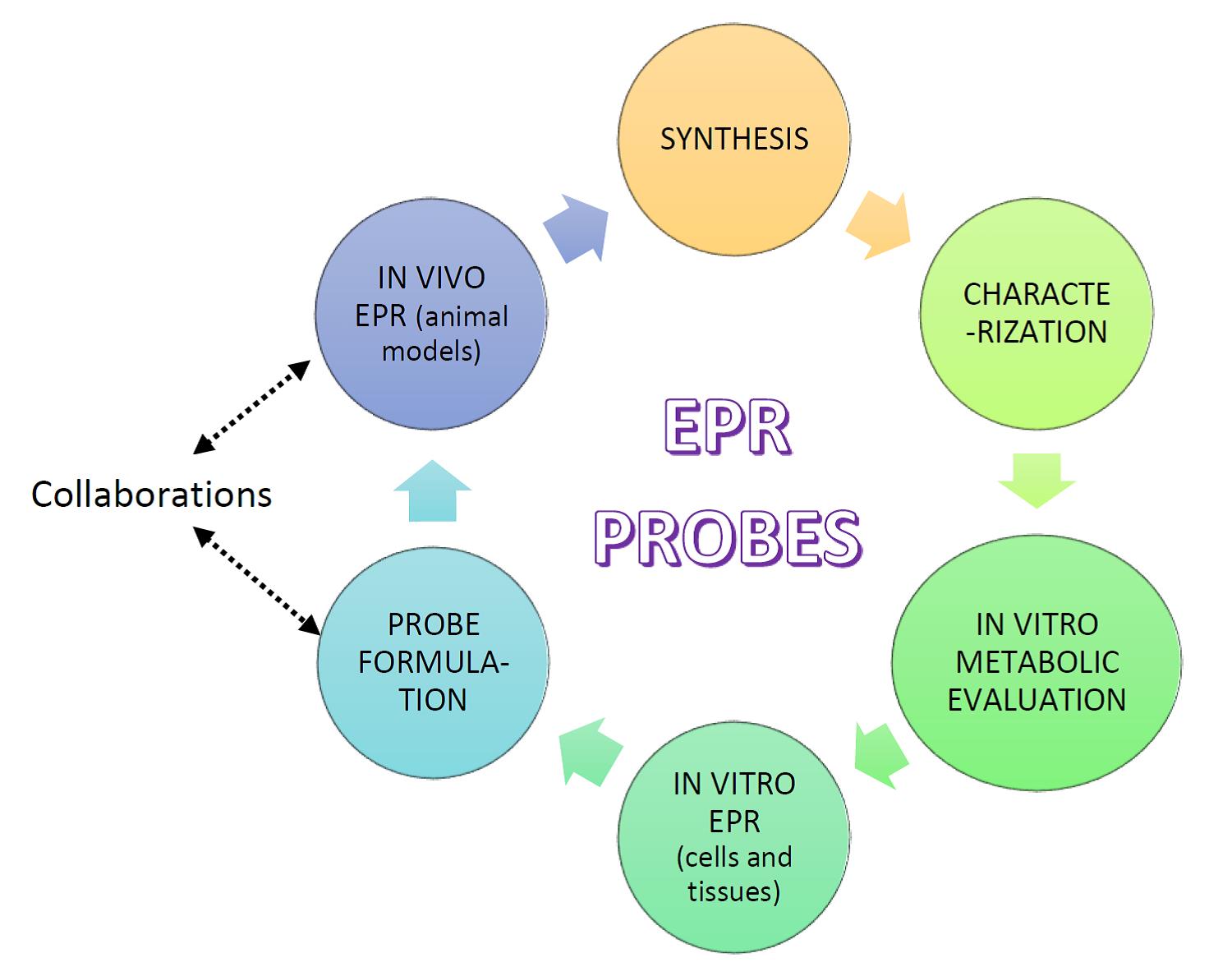
Fabienne PEYROT
Professor HDR – INSPE de Paris, Sorbonne Université
Biological chemistry
Laboratoire de Chimie et Biochimie
Pharmacologiques et Toxicologiques (LCBPT)
CNRS UMR 8601
Université Paris Cité
45 Rue des Saints Pères
75270 Paris Cedex 06
France
Fabienne PEYROT
Assistant Professor

Laboratoire de Chimie et Biochimie pharmacologiques et toxicologiques (LCBPT) – CNRS UMR 8601
Université Paris Descartes
45 Rue des Saints Pères
75270 Paris Cedex 06
France
Curriculum Vitae
-
Since 2024: Full professor (section 32), INSPE de Paris, Sorbonne Université.
- 2016: Habilitation à diriger des recherches (Authorization to supervise research) in Chemistry, Université Paris Descartes – « Sondes moléculaires du stress oxydant : de l’in vitro vers l’in vivo. »
- Since 2013: Head of the department of Physics and Chemistry of INSPE de Paris.
- 2008: Associate professor (section 32), INSPE de Paris, Sorbonne Université. INSPE (formerly IUFM, then ESPE) are French university institutions for training of would-be teachers in primary and secondary education.
- 2006-07: Post-doctoral researcher, LCBPT, UMR8601 CNRS-Université Paris Descartes (Dr Jean-Luc Boucher).
- 2004-06: Post-doctoral researcher, Department of Chemistry (Pr. Chris Abell), University of Cambridge, UK – « Inhibitors of type II dehydroquinases »
-
2004: PhD in Chemistry of Bio-inorganic systems, Université Paris XI, ICSN (Dr. Claire Ducrocq), Gif sur Yvette, France – « Réactions des espèces réactives de l’azote dérivées du monoxyde d’azote avec la mélatonine et quelques indoles apparentés. Implications biologiques »
- 1997-2001: Student at the Chemistry Department of École Normale Supérieure (ENS) de Cachan.
Scientific interests
I also act as a scientific referee for the EPR spectroscopy platform. Together with Sonia Lajnef, I help researchers from UPCité or elsewhere to use EPR for their research projects in various fields (photopolymerisation, catalysis, biochemistry, …).


